Using ggplot and facet_grid, I'd like to visualize two parallel vector of values through a box plot. My available data:
DF <- data.frame("value" = runif(50, 0, 1),
"value2" = runif(50,0,1),
"type1" = c(rep("AAAAAAAAAAAAAAAAAAAAAA", 25),
rep("BBBBBBBBBBBBBBBBB", 25)),
"type2" = rep(c("c", "d"), 25),
"number" = rep(2:6, 10))
The code at the moment permit to visualize only one vector of values:
ggplot(DF, aes(y=value, x=type1)) +
geom_boxplot(alpha=.3, aes(fill = type1)) +
ggtitle("TITLE") +
facet_grid(type2 ~ number) +
scale_x_discrete(name = NULL, breaks = NULL) + # these lines are optional
theme(legend.position = "bottom")
This is my plot at the moment.
I'd like to visualize a parallel box plot one for each vector (value and value2 in dataframe). Then for each colored boxplot, I'd like to have two boxplot one for value and another one for value2

